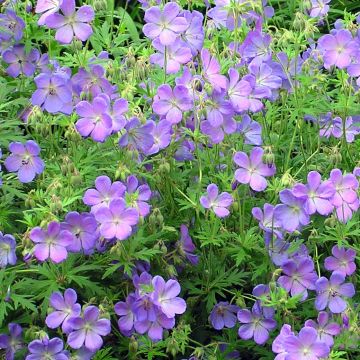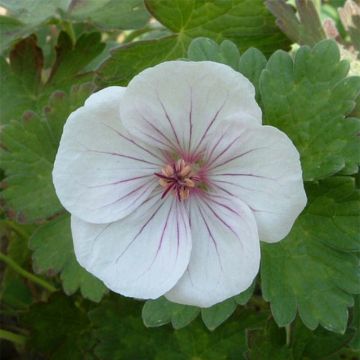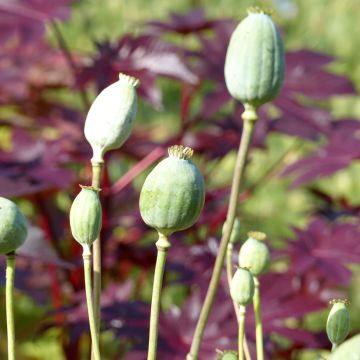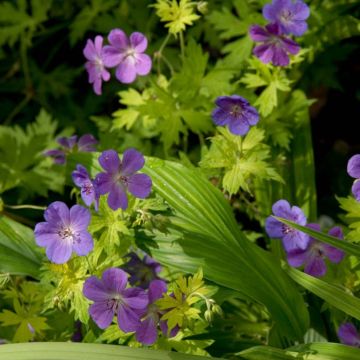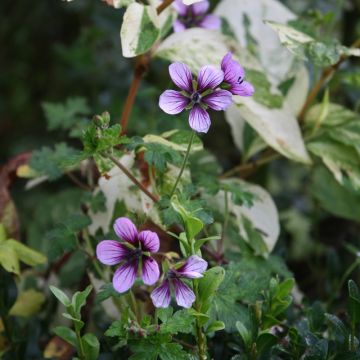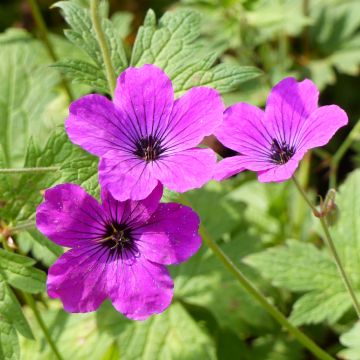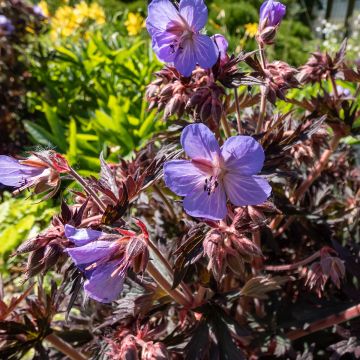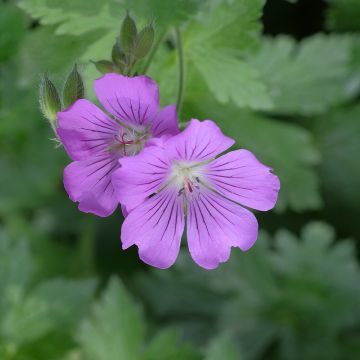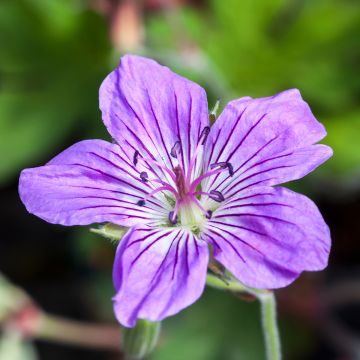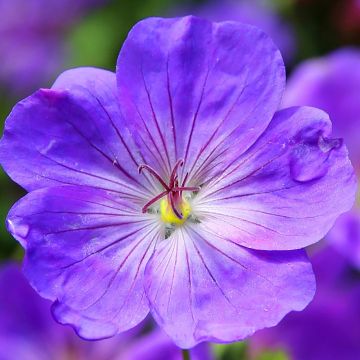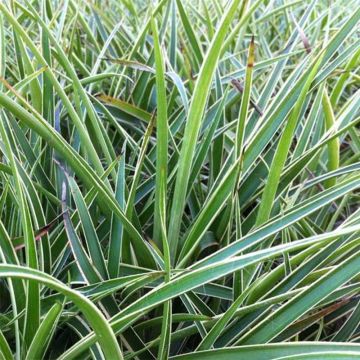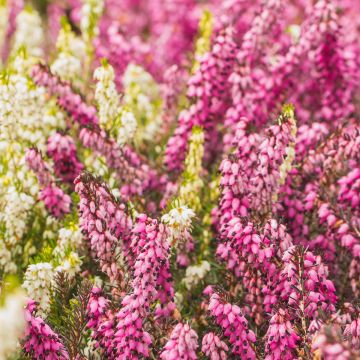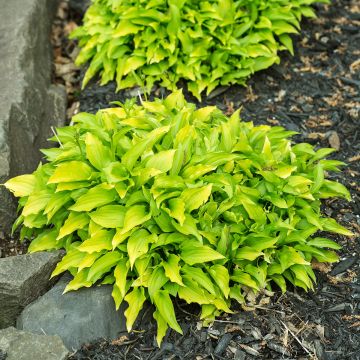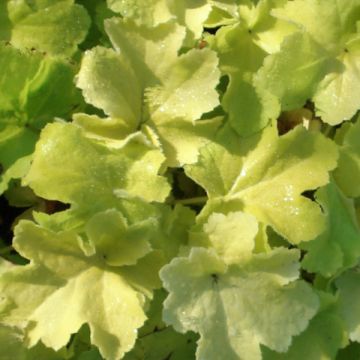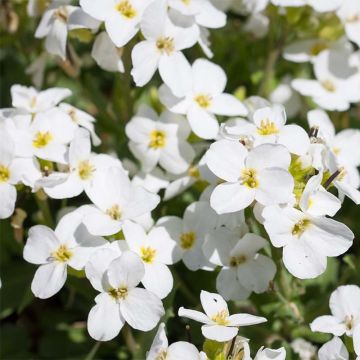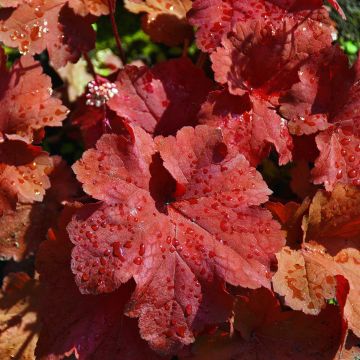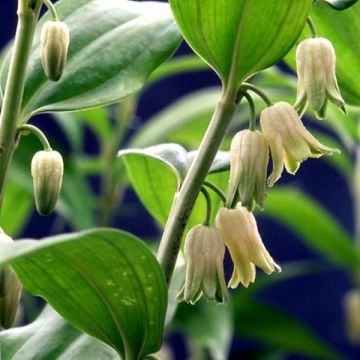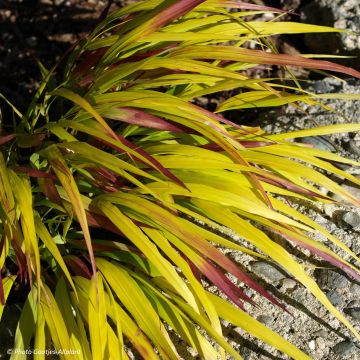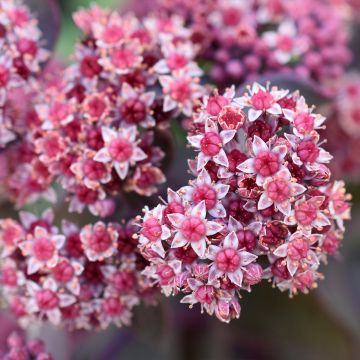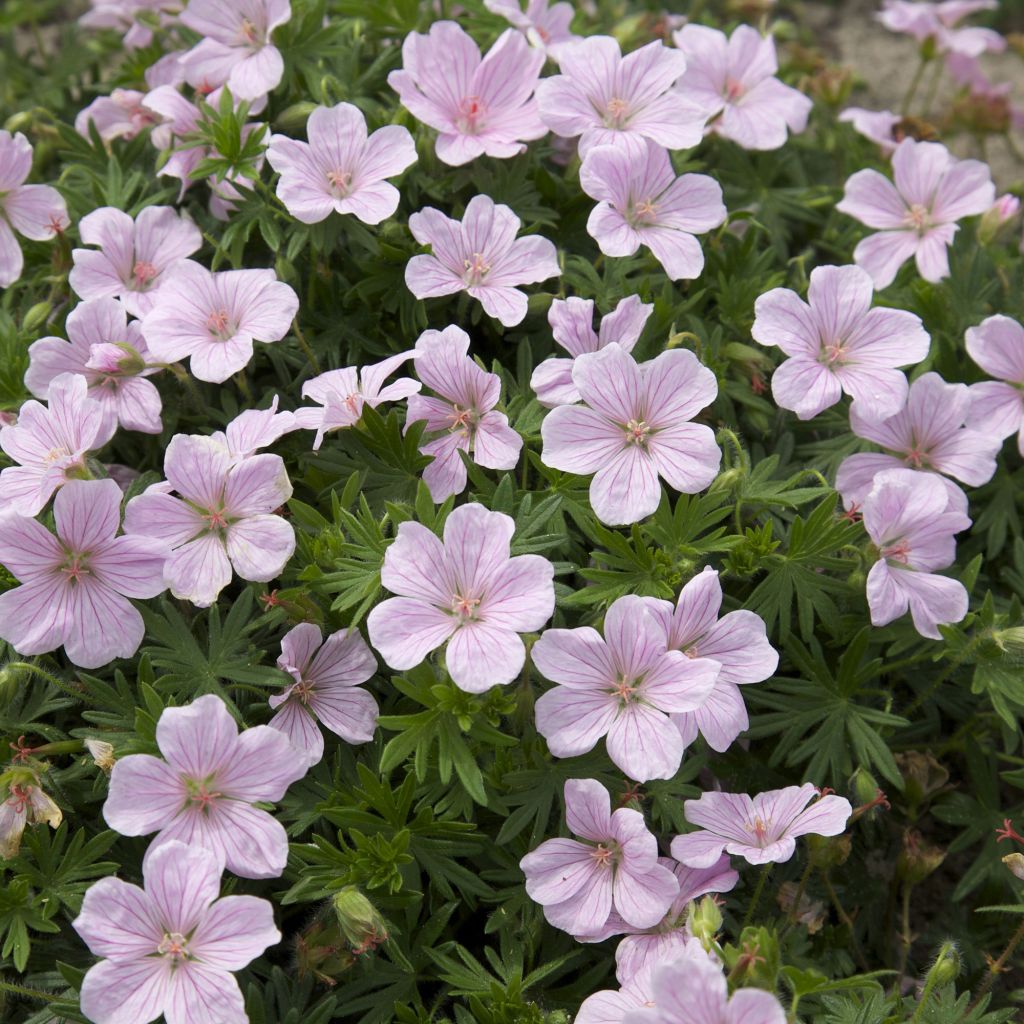

Geranium sanguineum Pink Pouffe
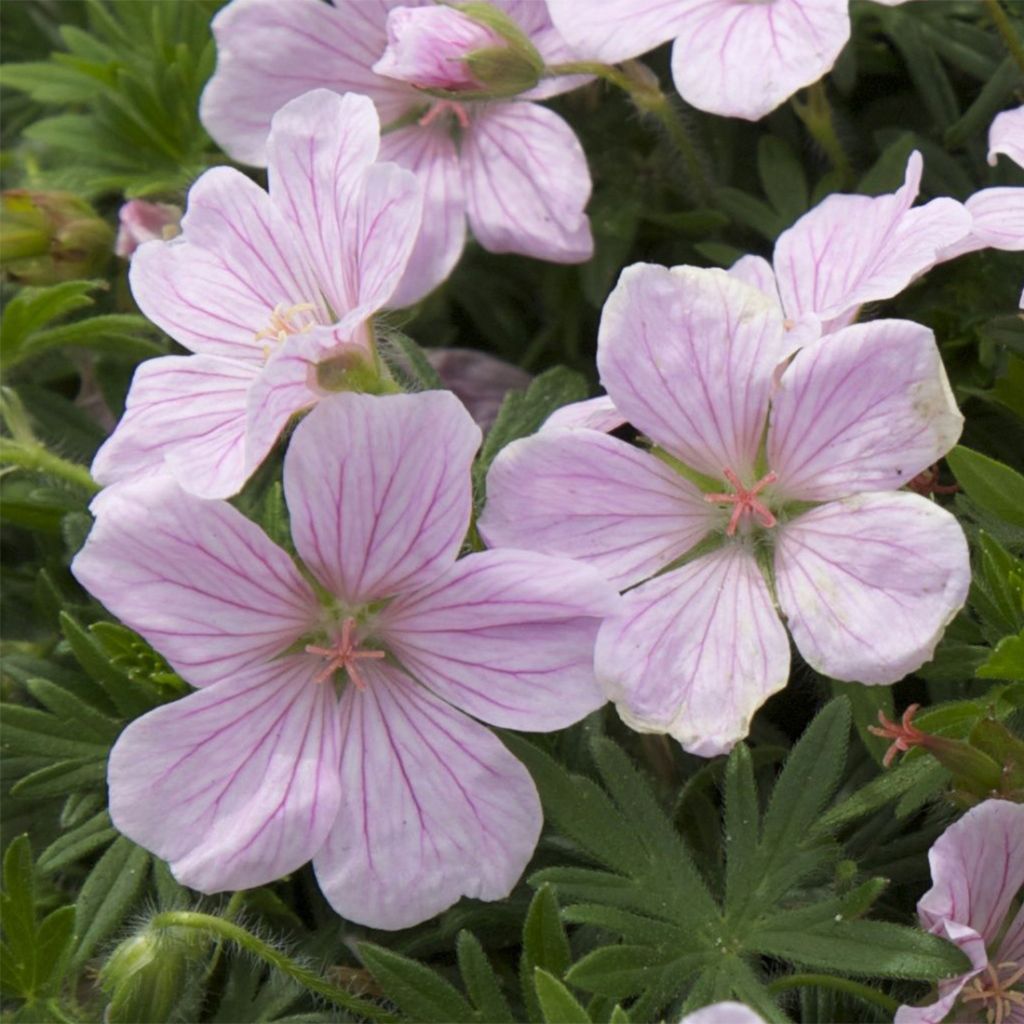

Geranium sanguineum Pink Pouffe
Geranium sanguineum Pink Pouffe
Geranium sanguineum Pink Pouffe
Bloody Cranesbill, Bloody Geranium
Thank you to the individuals (Anne Flore for the order preparation and ? from the shipping department), the young plants received appear to be healthy. Planted near a wall, I am now patiently waiting for them to establish themselves...
Thierry, 15/04/2023
This item cannot be shipped to the selected country
Delivery charge from €5.90
Delivery charge from €5.90
More information
Schedule delivery date,
and select date in basket
This plant carries a 12 months recovery warranty
More information
We guarantee the quality of our plants for a full growing cycle, and will replace at our expense any plant that fails to recover under normal climatic and planting conditions.
From €5.90 for pickup delivery and €6.90 for home delivery
Express home delivery from €8.90.
From €5.90 for pickup delivery and €6.90 for home delivery
Express home delivery from €8.90.
Does this plant fit my garden?
Set up your Plantfit profile →
Description
The Geranium sanguineum 'Pink Pouffe', also known as Bloody Cranesbill or Crane's Beak, has a more compact growth habit than the typical variety, forming a clump of finely divided, semi-evergreen, dark green foliage. It produces its large, light pink, heavily veined flowers in successive waves throughout the summer and into autumn. Over time, it forms a good ground cover, thickening year after year. This plant is tolerant of sun, shade, and drought, making it particularly well-suited for Mediterranean gardens.
The Geranium sanguineum 'Pink Pouffe' belongs to the Geraniaceae family. It is a variety derived from Geranium sanguineum, native to Europe and Turkey. It has a relatively slow growth rate, forming a spreading clump that reaches a height of 20 to 25 cm (8 to 10in), sometimes more, and slowly spreads via its rhizomes to form a mat measuring 40 cm (16in) or even more in diameter. Its beautiful light pink flowers, larger than those of the typical variety, bloom from May to July, and again in autumn. The fruits are elongated and resemble a crane's beak (hence the name). The foliage is semi-evergreen, maintaining its dark green color throughout the season. The leaves are deeply lobed, villous, and measure between 5 and 10 cm (2 and 4in) in length. This plant develops from a thick, rhizomatous stump.
In its natural habitat, Geranium sanguineum is often found in rocky soils, but in the garden, it adapts to all types of soil and exposures. 'Pink Pouffe' is valuable and will be showcased at the forefront, in the edge of woodland, where it won't be hindered by competition from shrub roots. It is also welcome in border plantings, where its vibrant flowering can be admired up close. It thrives in sunny rockeries, on wild slopes, or in dry shade. This geranium readily self-seeds (not always true to type) amongst other perennial ground covers such as thyme, Caucasian Rockcress, and woolly wormwood. It also grows well in large pots.
Report an error about the product description
Geranium sanguineum Pink Pouffe in pictures
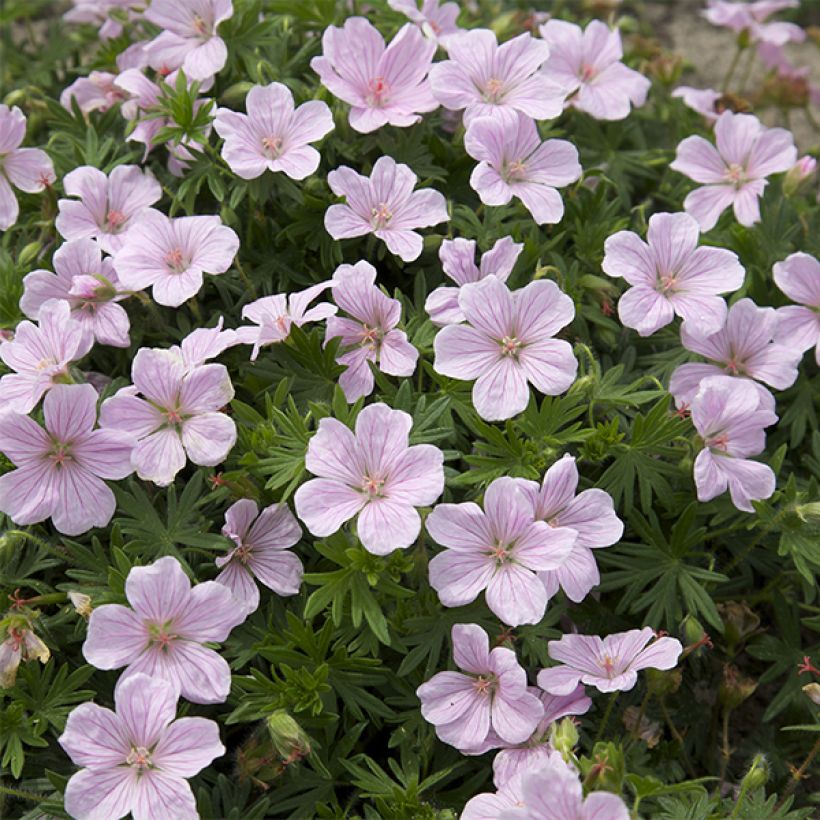

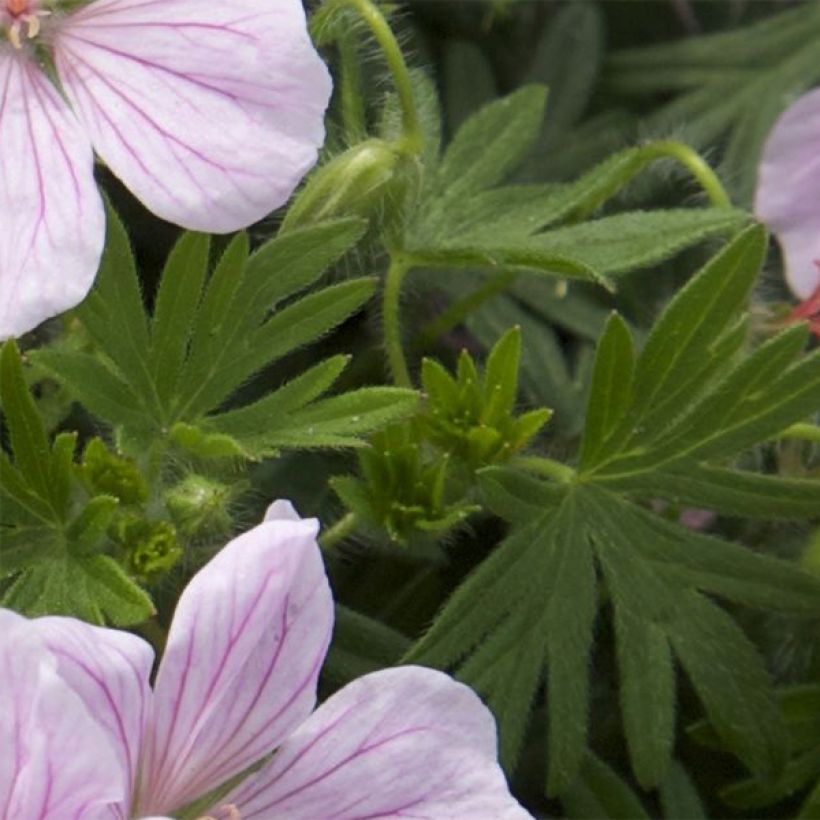

Flowering
Foliage
Plant habit
Botanical data
Geranium
sanguineum
Pink Pouffe
Geraniaceae
Bloody Cranesbill, Bloody Geranium
Cultivar or hybrid
Other Hardy Geranium - Cranesbill
Planting and care
The blood-red geranium 'Pink Pouffe' is a very easy plant to grow. It can tolerate all types of soil, even dry and rocky, even clayey, unless they retain moisture, and all situations except very dense shade. In poor soil, add organic fertilizer or well-decomposed compost at the start of vegetation. Faded flowers can be removed in summer to encourage the growth of new flower stems and prevent the plant from exhausting itself by producing seeds.
Planting period
Intended location
Care
-
, onOrder confirmed
Reply from on Promesse de fleurs
Ground cover perennials
Haven't found what you were looking for?
Hardiness is the lowest winter temperature a plant can endure without suffering serious damage or even dying. However, hardiness is affected by location (a sheltered area, such as a patio), protection (winter cover) and soil type (hardiness is improved by well-drained soil).

Photo Sharing Terms & Conditions
In order to encourage gardeners to interact and share their experiences, Promesse de fleurs offers various media enabling content to be uploaded onto its Site - in particular via the ‘Photo sharing’ module.
The User agrees to refrain from:
- Posting any content that is illegal, prejudicial, insulting, racist, inciteful to hatred, revisionist, contrary to public decency, that infringes on privacy or on the privacy rights of third parties, in particular the publicity rights of persons and goods, intellectual property rights, or the right to privacy.
- Submitting content on behalf of a third party;
- Impersonate the identity of a third party and/or publish any personal information about a third party;
In general, the User undertakes to refrain from any unethical behaviour.
All Content (in particular text, comments, files, images, photos, videos, creative works, etc.), which may be subject to property or intellectual property rights, image or other private rights, shall remain the property of the User, subject to the limited rights granted by the terms of the licence granted by Promesse de fleurs as stated below. Users are at liberty to publish or not to publish such Content on the Site, notably via the ‘Photo Sharing’ facility, and accept that this Content shall be made public and freely accessible, notably on the Internet.
Users further acknowledge, undertake to have ,and guarantee that they hold all necessary rights and permissions to publish such material on the Site, in particular with regard to the legislation in force pertaining to any privacy, property, intellectual property, image, or contractual rights, or rights of any other nature. By publishing such Content on the Site, Users acknowledge accepting full liability as publishers of the Content within the meaning of the law, and grant Promesse de fleurs, free of charge, an inclusive, worldwide licence for the said Content for the entire duration of its publication, including all reproduction, representation, up/downloading, displaying, performing, transmission, and storage rights.
Users also grant permission for their name to be linked to the Content and accept that this link may not always be made available.
By engaging in posting material, Users consent to their Content becoming automatically accessible on the Internet, in particular on other sites and/or blogs and/or web pages of the Promesse de fleurs site, including in particular social pages and the Promesse de fleurs catalogue.
Users may secure the removal of entrusted content free of charge by issuing a simple request via our contact form.
The flowering period indicated on our website applies to countries and regions located in USDA zone 8 (France, the United Kingdom, Ireland, the Netherlands, etc.)
It will vary according to where you live:
- In zones 9 to 10 (Italy, Spain, Greece, etc.), flowering will occur about 2 to 4 weeks earlier.
- In zones 6 to 7 (Germany, Poland, Slovenia, and lower mountainous regions), flowering will be delayed by 2 to 3 weeks.
- In zone 5 (Central Europe, Scandinavia), blooming will be delayed by 3 to 5 weeks.
In temperate climates, pruning of spring-flowering shrubs (forsythia, spireas, etc.) should be done just after flowering.
Pruning of summer-flowering shrubs (Indian Lilac, Perovskia, etc.) can be done in winter or spring.
In cold regions as well as with frost-sensitive plants, avoid pruning too early when severe frosts may still occur.
The planting period indicated on our website applies to countries and regions located in USDA zone 8 (France, United Kingdom, Ireland, Netherlands).
It will vary according to where you live:
- In Mediterranean zones (Marseille, Madrid, Milan, etc.), autumn and winter are the best planting periods.
- In continental zones (Strasbourg, Munich, Vienna, etc.), delay planting by 2 to 3 weeks in spring and bring it forward by 2 to 4 weeks in autumn.
- In mountainous regions (the Alps, Pyrenees, Carpathians, etc.), it is best to plant in late spring (May-June) or late summer (August-September).
The harvesting period indicated on our website applies to countries and regions in USDA zone 8 (France, England, Ireland, the Netherlands).
In colder areas (Scandinavia, Poland, Austria...) fruit and vegetable harvests are likely to be delayed by 3-4 weeks.
In warmer areas (Italy, Spain, Greece, etc.), harvesting will probably take place earlier, depending on weather conditions.
The sowing periods indicated on our website apply to countries and regions within USDA Zone 8 (France, UK, Ireland, Netherlands).
In colder areas (Scandinavia, Poland, Austria...), delay any outdoor sowing by 3-4 weeks, or sow under glass.
In warmer climes (Italy, Spain, Greece, etc.), bring outdoor sowing forward by a few weeks.

































